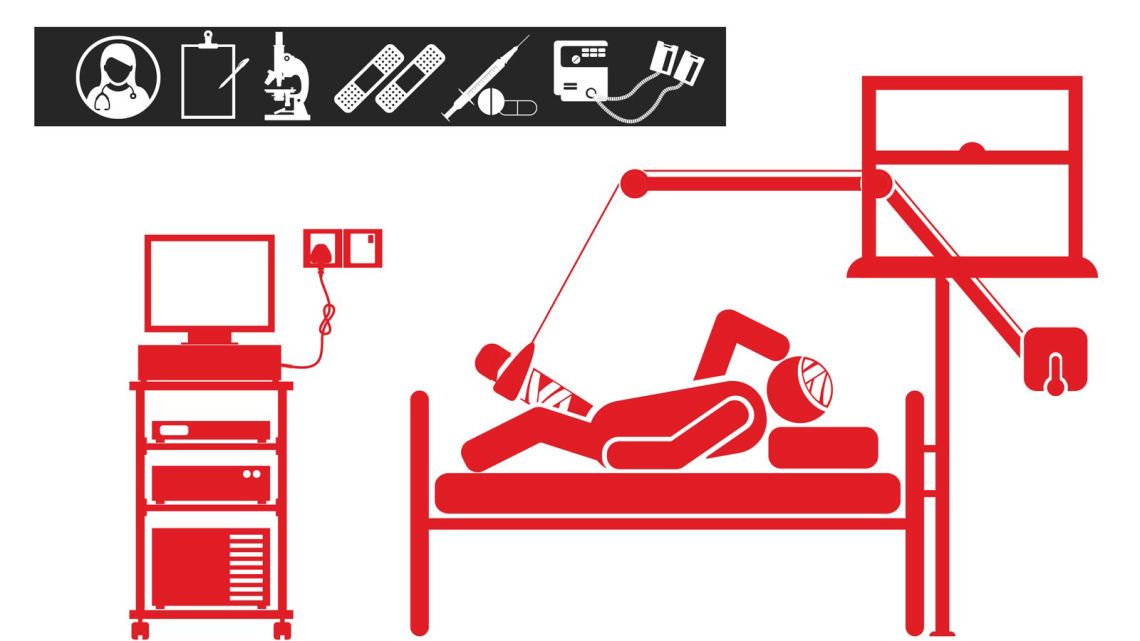ith Value Driven Outcomes (VDO), University of Utah Health has created real-time, accurate costing data at the provider and patient level, which can be combined with outcome and satisfaction data. With this data in hand, we can improve processes, eliminate unnecessary procedures, and deliver better outcomes. We can also change the value proposition altogether, delivering the best outcomes at the lowest cost with the highest levels of patient satisfaction.
More on University of Utah and Health Care Costs
- Online Case Study: "How Utah Measures Value: Value Driven Outcomes (VDO) " University of Utah Case Study, Accelerate. 7 October 2016.
- Video: Costello, Tom. "See How This Hospital Charges Less and Helps Patients Recover" NBC Nightly News [New York]. 27 November 2015.
- Article: Kolata, Gina. "What Are A Hospital's Costs? Utah System Is Trying to Learn" New York Times. 7 September 2015.
- Article: "How Can We Control Our Costs?" University of Utah's Algorithms for Innovation . Algorithm 2, 2013.
- Article: "Total Joint Replacement: How A High-Level VDO Report Led To A New Care Pathway" University of Utah's Algorithms for Innovation. Algorithm 2, 2013.
Accelerate Editorial Team
We asked Zac Watne, Utah’s payment innovation manager (he gets paid to understand the volatile world of payment reform) to give us a primer on “bundles.” Regardless of change happening in health care, thought leaders predict that payment reform, and specifically, bundled payments, are here to stay. Why? Bundles deliver care with improved outcomes at a lower price all over the United States. In this post, Zac outlines the difference between voluntary and mandatory bundles.
Utah “holds a unique distinction” when it comes to health care, according to a special report by the New England Journal of Medicine.
Finding evidence to change the status quo isn’t easy; thinking about evidence in terms of how it persuades—whether subjective or objective—can make it easier. Plastic surgery resident Dino Maglić and his colleagues followed their guts and saved money by improving the laceration trays used to treat patients in the emergency department.
